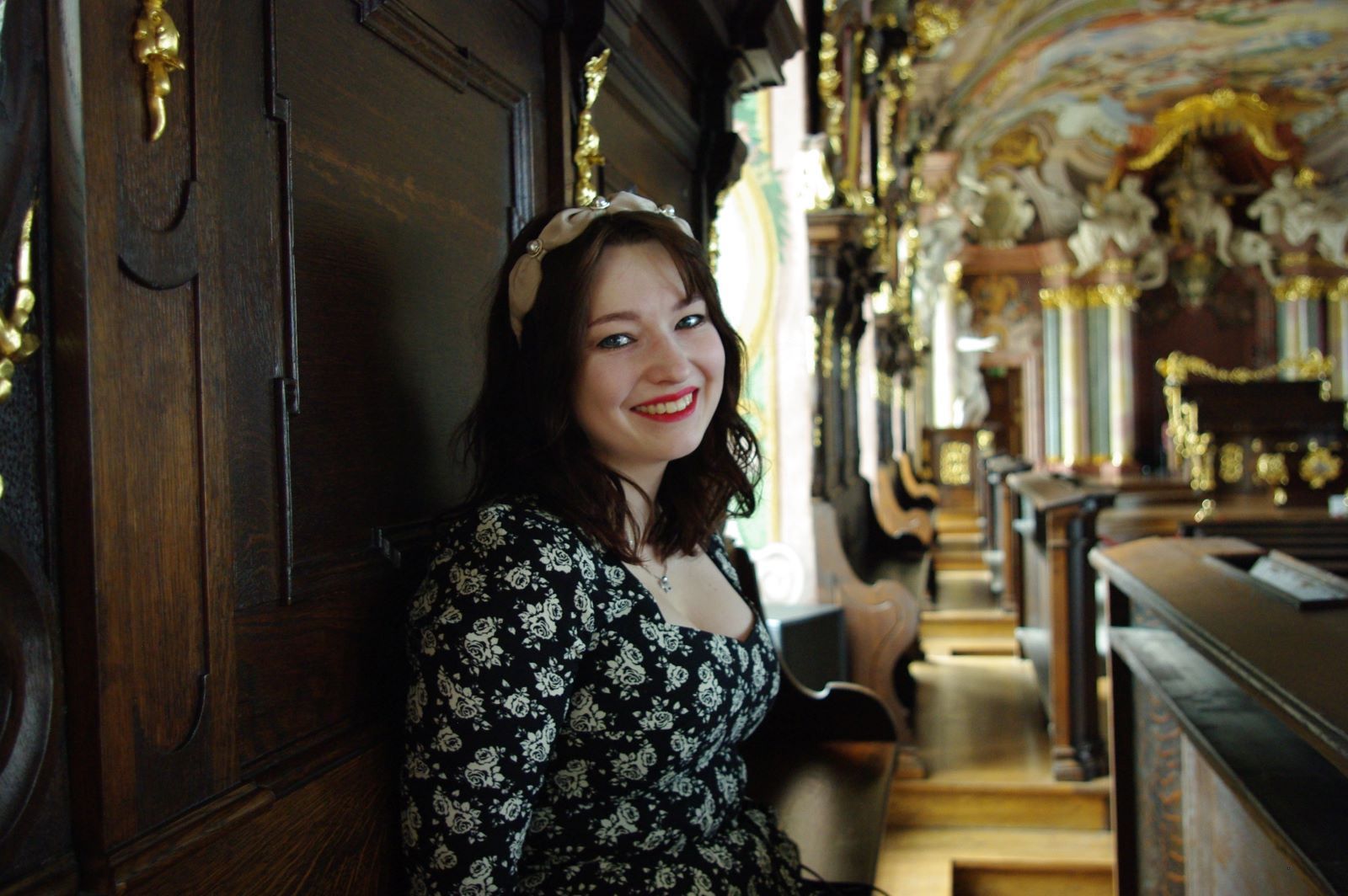
Our physics student wrote the best scientific paper!
The Polish Physical Society (Wrocław branch) has announced the winners of the second edition of the prize for young scientists for the best scientific paper in physics published in 2023. The main prize (ex-aequo) was won by Agnieszka Jeżdżewska, a first-year master’s student at the University of Wrocław.
Ever since she was a child, she liked… mathematics. – My parents instilled a passion for it in me, but my brother, who has understood, ‘seen’ and ‘felt’ physics better than anyone else since I can remember, taught it to me, showing me that it was much more interesting than mathematics. And later my high school teacher confirmed me in this belief – says the author of one of the best scientific papers in physics published in 2023.
Already as a student of the First Secondary School in Oleśnica, she was several times the winner of the Bożena Koronkiewicz Open Inter-School Physics Competition. And now the Board of the Wrocław Branch of the Polish Physical Society appreciated her scientific passion. She received the award ex aequo with dr Mateusz Dyksik from the University of Science and Technology.
– In my first year of studies at the University of Science and Technology (2019) my scientific mentor was dr Jacek Herbrych, we worked together for four years. Dr Herbrych is a theoretician in condensed matter physics, we did various projects in this field and I understood that this was my place in physics. At the University of Science and Technology, solid state theory has a very strong group, so I attended all possible lectures by dr Herbrych and prof. Marcin Mierzejewski, which were phenomenal – says our scientist.
She moved to the University when she passed all the multiparticle/solid theory courses she was interested in at the PWr. – And it was the best decision of my life – she admits. – Because there are really great courses here (I learned a HUGE amount of stuff from prof. Sedrakjan), plus there is a lot of other physics that is taught very well and I like it incredibly much.
She did her internship in Prague, where she worked on body-solid topics with dr Martin Zonda. Now, I am working with prof. Erick Sedrakjan.
And I have solidified that I want to pursue this in the future.
I’m planning a PhD abroad. – And in the long term I would like to come back and try to get a position at the UWr – she says. – I owe a lot to the University and I think that our Faculty of Physics and Astronomy is amazing.
What is the award-winning work of Agnieszka Jażdżewska and the previously mentioned dr Jacek Herbrych, prof. Marcin Mierzejewski and dr Maksymilian Środa, prof. Albero Nocera, prof. Gonzalo Alvarez and prof. Elbio Dagotto about?
A student explains: – Haldane boundary states with half spin S=1/2, realised in the antiferromagnetic Heisenberg model with spin S=1, are one of the best-known topological effects in strongly correlated quantum systems. Nevertheless, this spin model has not been analysed from a more general perspective – strongly interacting electrons, where the Heisenberg model is ‘only’ a low-energy description of the physics.
In their work, the researchers presented an analysis of the formation of the Haldane phase in a system of interacting electrons – the two-band Hubbard model – as the strength of the interaction between the electrons (i.e. the Coulomb interaction and the Hund interaction) increases. They showed that the interactions not only give rise to magnetic moments (localised spins), but also lead to a topologically non-trivial fermionic state. In particular, with an increase in the Hubbard repulsion force and Hund exchange, they observed a clear critical point between topologically trivial and non-trivial ground states. – Interestingly, this behaviour appears already at relatively low values of the U-interaction, i.e., in the region where the magnetic moments are not yet well developed and the system cannot be described by the Heisenberg model – explains Agnieszka Jeżdżewska.
Complied by Katarzyna Górowicz-Maćkiewicz



